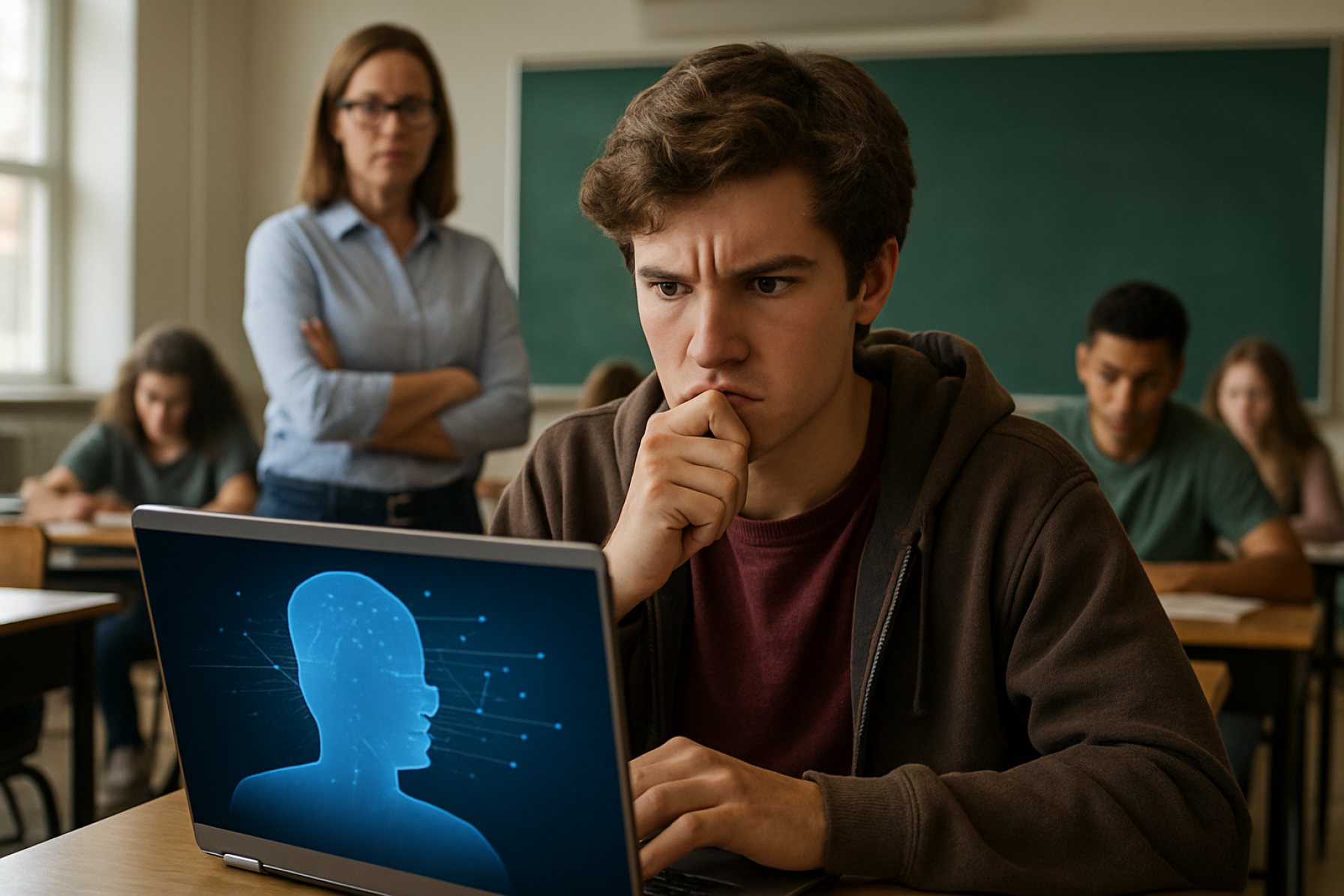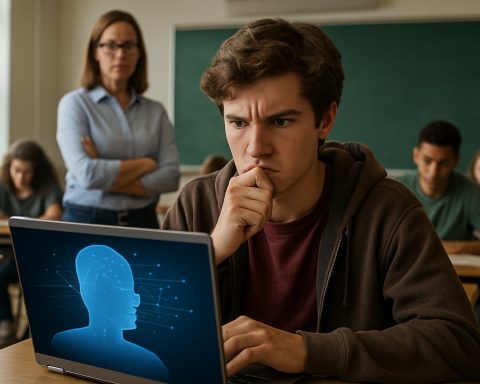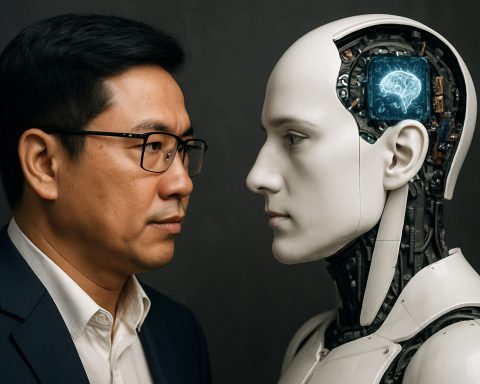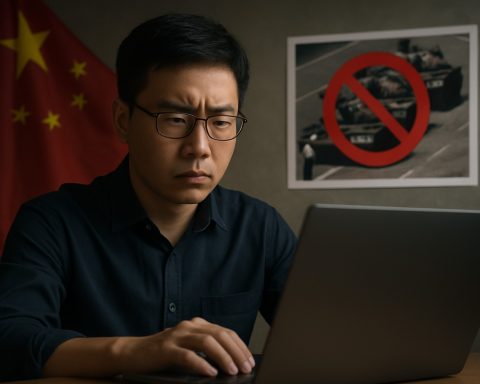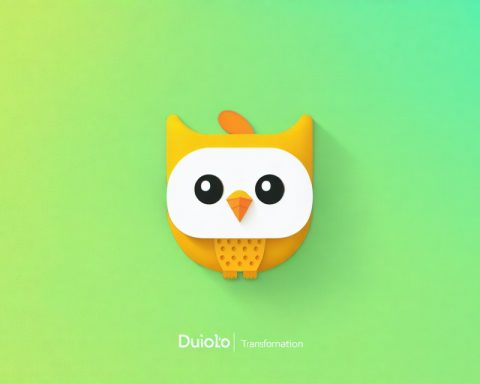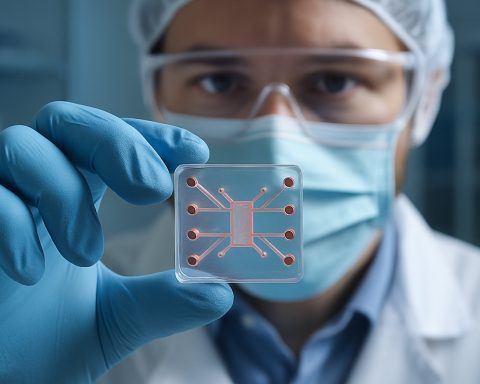Crackdown 2025: New AI Detection Tech About to Transform How Schools Catch Student Cheating
AI-generated assignments are on the rise—discover how cutting-edge technology in 2025 will uncover fraudulent work and reshape education.
- 88% of young people regularly use AI tools
- 85% of students rely on AI in academics
- 98% predicted detection accuracy for new Anti-Plagiarism AI
- 5% is the proposed legal limit of AI-generated content in assignments
Artificial intelligence is storming classrooms worldwide, blurring the line between genuine scholarship and sophisticated cheating. As AI-generated essays become almost indistinguishable from human writing, educators are mounting a high-tech counterattack to preserve academic integrity.
A surge in AI use among students—especially in critical work like term papers and theses—has alarmed educators. 2025 brings an explosion of new guidelines and detection algorithms, aiming to restore trust in academic achievement.
Q: How Are Students Using AI Tools in 2025?
AI-powered platforms and neural networks now serve as virtual research assistants, summarizing articles, generating outlines, and even ghostwriting entire essays. With 88% of the youth tapping into these technologies, the landscape of learning has dramatically changed. These tools promise productivity, but they carry real risks: many students substitute AI for original thinking, leaving critical skills underdeveloped.
Q: Is AI-Created Work Really Undetectable?
Not anymore. Advanced anti-plagiarism solutions like Antiplagiat are evolving fast. In 2025, their algorithms can spot AI-generated “digital fingerprints” with up to 98% accuracy. Even the most polished neural network output leaves subtle cues—a telltale rhythm here, an odd phrase choice there.
How Will New Policies Shape the Future?
Russian legislator Natalia Kosikhina is calling for stricter limits: no more than 5% of any academic paper can come from AI sources. Universities are preparing to roll out upgraded anti-cheating systems and strict submission rules. However, experts caution against a total AI ban, stressing the value of AI as a supportive resource for organizing research and fostering critical thinking—if used wisely.
Q: What Role Do Teachers Play?
Despite technical innovations, teachers remain the front line in detecting fake learning. They judge whether a student truly grasps the topic—via oral exams, debates, and hands-on projects. Face-to-face assessment exposes reliance on AI and highlights genuine understanding.
How to Ensure Academic Honesty in the Age of AI
- Blend high-tech detection tools with traditional evaluation methods
- Emphasize oral defense, discussion, and practical application
- Educate students about responsible AI usage and its limitations
- Upgrade institutional policies to reflect evolving AI capabilities
- Rely on reputable AI tools—see more at DeepMind and Google for ongoing advancements
Stay ahead of the curve! Whether you’re a student, educator, or policymaker, take action now to adapt to new AI frontiers in learning:
- ✔️ Inform yourself about your school’s AI and plagiarism policies
- ✔️ Use AI as an assistant, not a substitute for critical thinking
- ✔️ Prepare for oral exams and debates—these reveal true understanding
- ✔️ Keep up with the latest detection technology
- ✔️ Support comprehensive, balanced approaches in education reform
Adapt now—because in 2025, AI-fueled shortcuts won’t outpace smarter detection and tougher standards.
